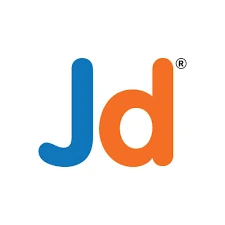
Here are a few notable case studies that highlight the impact of healthcare data analytics:
Predicting Patient Readmissions:
Background: Parkland Health & Hospital System in Dallas, Texas, aimed to reduce the rate of patient readmissions within 30 days, a common metric for hospital quality.
Approach: The hospital utilized predictive analytics to identify patients at high risk of readmission. They collected and analyzed data from electronic health records (EHRs), including demographic information, clinical history, and social determinants of health.
Outcome: By implementing a predictive model, Parkland was able to identify high-risk patients and intervene with targeted care plans. This approach led to a significant reduction in readmission rates, improving patient outcomes and reducing healthcare costs.
Optimizing Emergency Department (ED) Operations:
Background: NewYork-Presbyterian Hospital sought to address overcrowding in its emergency department (ED), which can lead to longer wait times and reduced quality of care.
Approach: The hospital employed data analytics to analyze patient flow and ED operations. They used historical data to predict patient arrivals and optimize staffing levels and resource allocation.
Outcome: The predictive models helped the hospital manage patient flow more effectively, reducing wait times and improving the overall efficiency of the ED. This led to better patient satisfaction and more timely care delivery.
Enhancing Disease Surveillance:
Background: The CDC needed to enhance its ability to detect and respond to infectious disease outbreaks quickly.
Approach: The CDC implemented an advanced analytics platform that integrated data from multiple sources, including hospitals, laboratories, and social media. Machine learning algorithms were used to identify patterns and predict potential outbreaks.
Outcome: The analytics platform improved the CDC’s ability to detect outbreaks early and respond effectively. This proactive approach helped mitigate the spread of diseases and informed public health interventions.
Improving Chronic Disease Management:
Background: Kaiser Permanente aimed to improve the management of chronic diseases, such as diabetes and hypertension, among its patient population.
Approach: The healthcare organization used data analytics to identify patients with poorly controlled chronic conditions. They analyzed data from EHRs, including lab results, medication adherence, and lifestyle factors, to create personalized care plans.
Outcome: By leveraging data analytics, Kaiser Permanente was able to provide more targeted interventions and support to patients with chronic diseases. This resulted in better disease control, improved patient outcomes, and reduced healthcare costs.
Reducing Medication Errors:
Background: Medication errors are a significant concern in pediatric care, and Cincinnati Children’s Hospital aimed to reduce these errors.
Approach: The hospital implemented a clinical decision support system (CDSS) that utilized data analytics to provide real-time alerts and recommendations to healthcare providers. The system analyzed patient data, including allergies, current medications, and lab results, to prevent potential medication errors.
Outcome: The implementation of the CDSS led to a significant reduction in medication errors, enhancing patient safety and improving the quality of care provided to pediatric patients.
Personalizing Cancer Treatment:
Background: Memorial Sloan Kettering Cancer Center sought to personalize cancer treatment based on genetic profiles.
Approach: The center used advanced analytics and machine learning to analyze genomic data from cancer patients. By identifying specific genetic mutations, they were able to tailor treatment plans to the individual characteristics of each patient’s cancer.
Outcome: The personalized approach to cancer treatment resulted in more effective therapies, improved patient outcomes, and a higher rate of remission. This case study demonstrates the power of data analytics in advancing precision medicine.
 4.8 (21,636) reviews
4.8 (21,636) reviews










 Read more
Read more 
